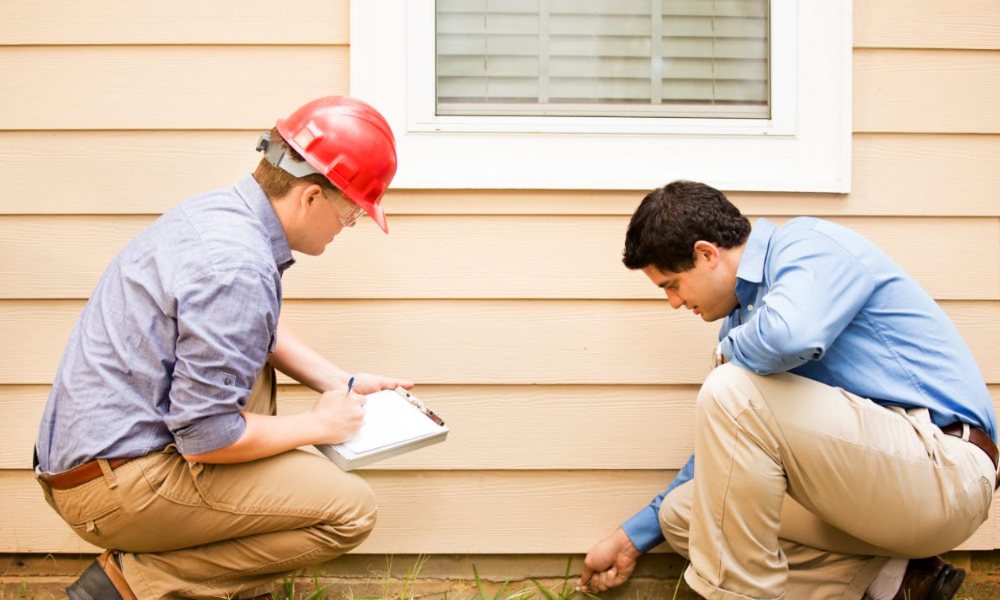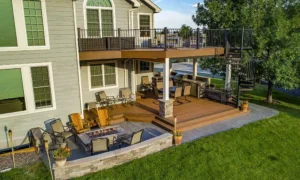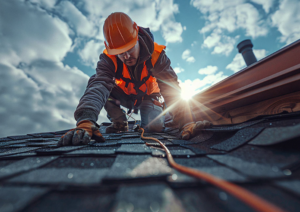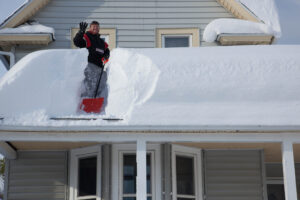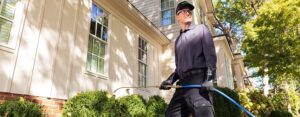Checking old buildings is different from checking new ones. Historic properties have been around for a long time and need extra care when inspected. Old buildings were made using materials and methods that are different from today. This means that someone checking these buildings needs to know about old building methods. They can use different rules for new houses.
Also, historic properties are often protected by law. Rules govern what can be changed and how repairs should be made. An inspector needs to know these rules to give good advice.
Inspectors look for in historic buildings
First, they check the outside of the building, including the walls, roof, and foundation. In old buildings, these parts can wear down over time. The inspector looks for cracks, water damage, or falling apart parts.
They check the floors, walls, and ceilings. Old buildings might have wooden beams that can rot or get eaten by bugs. The inspector looks for signs of these problems.
They also check electrical wiring, plumbing, and heating systems. Many old buildings have had these systems added or updated over the years, so it’s important to make sure they work well.
- Wood rot – Old buildings often have much wood. Wood can rot if it gets wet or if bugs eat it. Inspectors look closely for any signs of this.
- Original features – Many old buildings have particular parts that make them unique. These might be old fireplaces, fancy woodwork, or old windows. The inspector checks if these are in good shape.
- Past changes – Over the years, people might have changed the building. Some of these changes needed to be improved. The inspector looks for any bad changes that need to be fixed.
- Hidden problems – Old buildings can hide their issues well. What looks fine outside might have problems inside the walls or under the floors. Inspectors need to be extra careful to find these hidden problems.
- Safety concerns – Old buildings might need to meet today’s safety rules. Things like fire safety or accessibility for people with disabilities might need to be improved. The inspector points out these issues. Click to read more about building inspections in Sydney.
- Environmental hazards – Some old building materials can be harmful. Things like lead paint or asbestos were used in the past but are now known to be dangerous. Inspectors check for these and suggest how to deal with them safely.
- Structure strength – Old buildings might be more substantial than they used to be. The inspector checks to make sure they are still sturdy and safe.
- Water damage – can be devastating to old buildings. Inspectors look for signs of leaks or dampness that might have damaged the building over time.
- Pests – Old buildings can be home to pests like termites or mice. If these are not found and stopped, they can cause a great deal of damage.
- Energy efficiency- While not the main focus, inspectors might suggest ways to make the building use less energy without changing its historic look.
Building inspections for historic properties help keep these old buildings standing. They find problems before they get too big, which saves money in the long run for people.
These inspections also help preserve history. In the end, building inspections for historic properties need special care and knowledge. They help keep old buildings safe, usable, and accurate to their history. If you own or are considering buying a historic property, getting a good inspection is smart. It helps you understand and take care of a piece of history.


